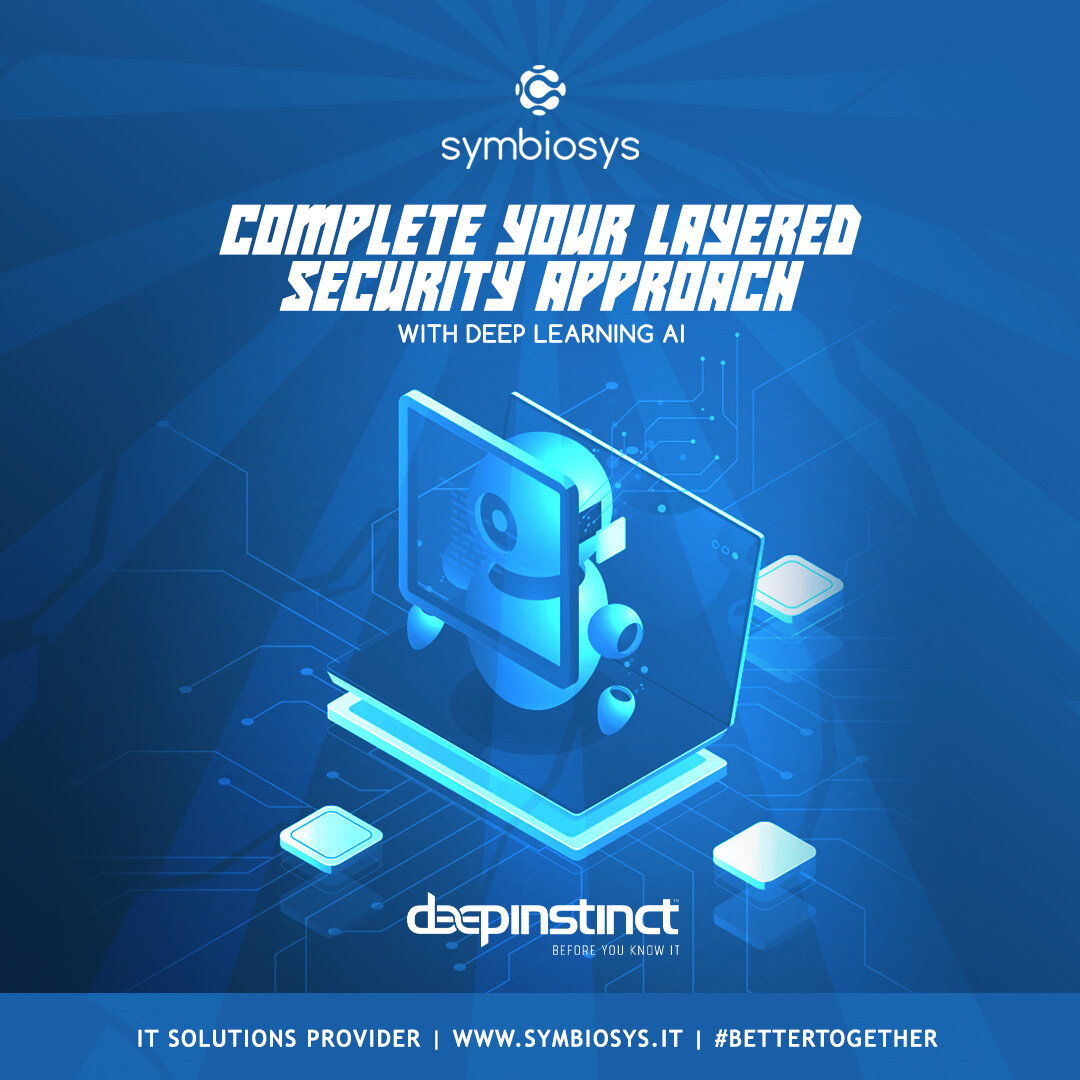Cyber-security: crafting a back to basics layered approach
Cybercrime has risen exponentially since the start of the global pandemic. While no security is full proof, crafting a security posture with multiple layers, built on the basic tenets of cyber-security is certainly a good start.
By Patrick Assheton-Smith, CEO at Symbiosys IT
Since the start of the COVID-19 pandemic, cyber-attacks have been on the increase on a global scale, inflicting financial losses across all sectors including manufacturing, banking, and energy, to name a few. In South Africa, cyber-crime has become one of the biggest threats faced by companies, governments and individuals, as the spread of digital technology and connectivity makes every form of human activity vulnerable to attack.
We are certainly seeing phishing, whaling and hacking attempts happening with increasing frequency. Identity theft has become another big issue, with stolen IDs leveraged for financial gain. The real challenge facing security specialists is that a number of these cyber-criminals appear to be state-sponsored, which means they have enormous resources behind them.
This is important to note, as although there remain many amateurs out there, companies would do well to remember that there are also many professional criminals who are well-versed in hiding their attacks - and it tends to be that the more prominent the organisation, the more sophisticated such an attack will be.
One only has to look at the recent Transnet compromise to note the kind of impact a severe attack can have on vital institutions like our ports, through which so much commerce and capital flows.
The pandemic is certainly a driver behind the increase in cyber-crime, due to a variety of factors. For one thing, there are more people working remotely, which inevitably makes it tougher for security tools. The anxiety created as a result also opens potential new vectors of attack, while the massive job losses caused by global lockdowns have led to more unemployed people seeking to earn an income via criminal activity.
Prevention is better than cure
When it comes to stopping cyber-threats, I recommend a prevention-first approach. This means using an endpoint prevention tool, rather than one focused on endpoint detection and response (or augmenting the EDR tool with an EPP one). Ideally, you want a solution that applies advanced artificial intelligence (AI) to the task of preventing and detecting malware - something like Deep Instinct, a purpose-built, deep learning cyber-security framework.
These types of solutions are extremely smart in the way they are designed, in that they use AI to understand exactly what constitutes a security issue. With advanced solutions like this, companies can move beyond the basics - such as ensuring that a user doesn’t have the same password for every service - and apply greater levels of security through implementations like multi-factor authentication (MFA), or go passwordless where possible, which can be used to create additional layers of security.
Remember that in a digital world, a criminal infiltration of your business may begin somewhere far beyond the company’s own security perimeter. Think, for example, of a customer purchasing from a retailer, who uses the same password for their club card as they do for their work login. If the retailer is hacked, it becomes possible for the bad guys to use information gained there to break into your corporate network as well. This illustrates why proper password management is vital.
Another big issue is e-mail, which is one of the key infiltration methods used by criminals, as it is seen as one of the easiest methods to use to break into a network. While a user may not always be able to tell if a link is dangerous, AI-based security solutions are able to rapidly scrutinise the URLs of anything a user may wish to click on, making it far more difficult for criminals to gain access through malicious links.
Remember too that while there is no silver bullet for cyber-security, eliminating the challenges around passwords is a great first step. Essentially you need a multi-pronged approach to security, since good security is all about layers and making it as complex as possible for criminals to break in.
Get the basics right
Much like good home security starts with a wall and electric fence, but also likely includes a watchdog, an alarm and a security gate, so you need to build multiple layers of security to protect your core. This way, even if one is cracked, the criminal finds they are faced with yet another obstacle.
It is also worth noting that security - even AI-based, multi-layer security - is only half the battle. It is just as imperative to train your employees properly, so that they know the basics, such as never to click on unknown links or open strange emails.
Security today is complex, and most people really don’t know where to begin, which is why it is worthwhile talking to genuine security experts beforehand. And the advice they will give is the same as above: that security starts with a good endpoint cyber security solution; it should include an effective password management solution; MFA should be enabled; and you should implement a system - like Tessian - that checks, and analyses inbound and outbound emails in real-time and uses machine intelligence to automatically detect if emails contain security threats.
Once you have these key security basics in place, you can continue to improve by crafting a security posture with multiple layers. Don’t forget that cybercriminals are constantly evolving, and you should too.
About
Symbiosys IT is a technology solutions provider with its head office located in the Western Cape in South Africa, and its European office in London in the United Kingdom.
Symbiosys has seen substantial growth since being founded in 2004 and is now supporting organisations in over 36 countries.
Symbiosys has the tools, services, skills, and proven track record to be recognised as leading experts in migration services. Over the past 16 years, Symbiosys has migrated more than 500,000 seats.
Migration is a key service for Symbiosys, which also specialises in integration, automation, security and compliance, cyber-security, cloud networking, database management, identity management, end-point management, cloud management and messaging solutions.
Symbiosys has a team of experienced people and a strong global presence. Symbiosys understands the human element in technology and forges symbiotic partnerships with its customers, partners, and suppliers, with the common goal of collaborating ‘better together’.
Contact: CEO of Symbiosys IT, Patrick Assheton-Smith, 083 262 0819



